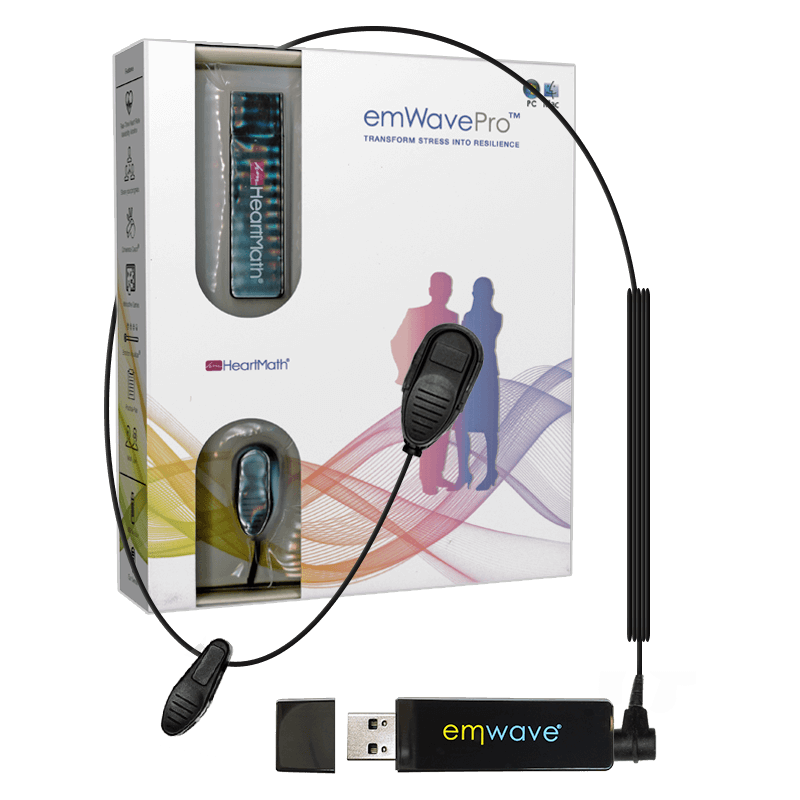The Healing Power of Breath
In my experience of treating people with anxiety disorders it has been commonplace for me to observe the manner in which they breathe. Most, if not all of my patients, shallow breathe. By this I mean that they use only the upper third of their lungs to breathe. This is called “shallow breathing” or “chest breathing.”
A calming breath has 2 components.
- is the mechanics of the breath which is diaphragm breathing, and
- is the rhythm of the breath and the beating of your heart informs the correct rhythm of the breath.
Diaphragm breathing or deeper and fuller breathes (stomach breathing)
expands the lower two thirds of the lungs in order to maximise the benefit of the breath to transfer oxygen to the red blood cells which in turn circulate through the body providing oxygen to those parts of the body that need it.
The second component of the calming breath to relieve anxiety is a little more complicated but with the aid of technology it becomes relatively simple. Just a matter of clipping a device on your ear.
The product is called Heartmath (see the supportive technology under the treatment section of this website). Heartmath has over 30 years of research to back its claims that by using it to practice breathing that the sometimes debilitation aspects of anxiety can be overcome.
Heartmath detects the individual’s heartbeat through the device on the ear. This information is then sent to the software program (either on a computer or smart phone app) and then provides the user with a visual representation of what the rhythm of their breath should be. With practice the user can regulate their breathing to be more supportive of a calm experience.
Once the user has establish this type of breath as a consistent routine then the daily events that bring about stress can be modulated with greater success and reduce the discomfort of stress quickly before it becomes a debilitating experience of anxiety.
Psychologists using this technique in combination with traditional approaches can effectively bring about symptom relief in patients with anxiety.


